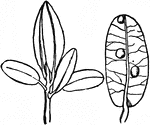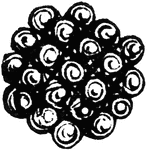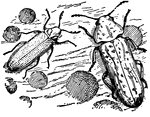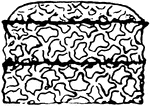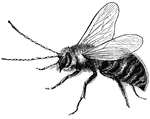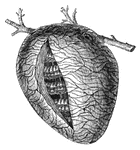This gallery offers 195 illustrations of insect-related ClipArt, such as insect nests, hives, and mounds, as well as damage to foliage and crops.

Chrysalis
Typical forms of Chrysalis, the pupae of many Lepidoptera, an order of insects that includes moths and…

Portion of the Comb
"Portion of the comb, with the eggs occupying the cells. One of the royal cells has been opened by the…
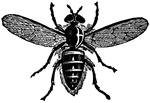
Common European Cleg (Gadfly)
The common European Cleg is a large, black/blue-black blood-sucking 'horsefly' of the family Tabanidae.…
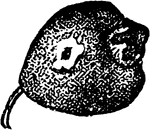
Cranberry-Fruit
The Cranberry-fruit worm of the Mineola vaccinii species; cranberry on which the eggs are laid.

Cricket
Crickets, family Gryllidae (also known as "true crickets"), are insects somewhat related to grasshoppers…
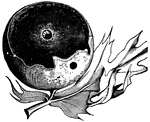
Cynips Spongifica
Gall made by the larva of Cynips q. spongifica. a, larve in its cell; b, point of exit of adult.

Fish-Killing Buffalo Gnat Larva
"They are small hump-backed gnats, of a gray or blackish color, with broad pale wings." —Whitney,…
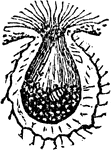
Fitch
A grape-vine leaf gall-louse. The insect forms galls on the under side of the grape-vine leaves, and…

Botfly Larva
"After attaching themselves to the walls of the stomach, the botfly larva are nourished by the blood…

Hessian Fly
The hessian fly or barley midge, Mayetiola destructor, is a species of fly that is a significant pest…
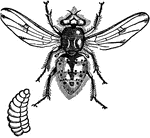
Gadfly of Horse
A gadfly, or Bot-fly, that lays its eggs on horses. After these eggs hatch on the skin, the larvae bore…
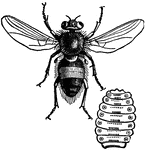
Gadfly of Ox
This illustration shows the Gadfly of the Ox. This illustration is enlarged, and also shows a Gadfly…
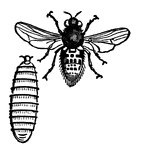
Gadfly of Sheep
The Gadfly of the sheep lays its eggs in the nostrils of the sheep. There, the maggots hatch and live…
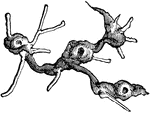
Grape Gall Louse Damage
"Grape Gall-louse (Phylloxera vastatrix), the small figures showing natural sizes. Roots of vine, showing…
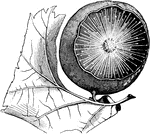
Oak Apple Gall
"Gall, or Oak-apple, produced by Cynips quercus-inanis, showing the internal cobwebby structure. Gall:…
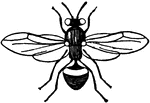
Gall-fly
Gall-fly is a name applied to the members of the family Cynipidae, which are not flies, but are related…
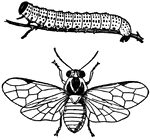
Gooseberry Caterpillar (Nematus ribesii) and Sawfly
Gooseberry Caterpillar is the name applied to the larvæ of two different insects, both injurious to…
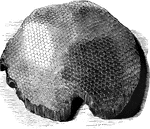
honey-comb
"The comb is made of wax, found in various plants, but which is also secreted by the bees themselves…
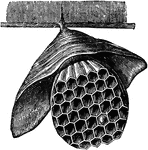
Hanging Hornet's Nest
Hornets "make their nests in trunks of old trees, perforating the sound wood to arrive at the heart,…
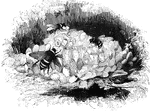
Interior of the Humble-Bee's Nest
"The Humble-bees, or as they are often called in this country, the Bumble-bees are…







